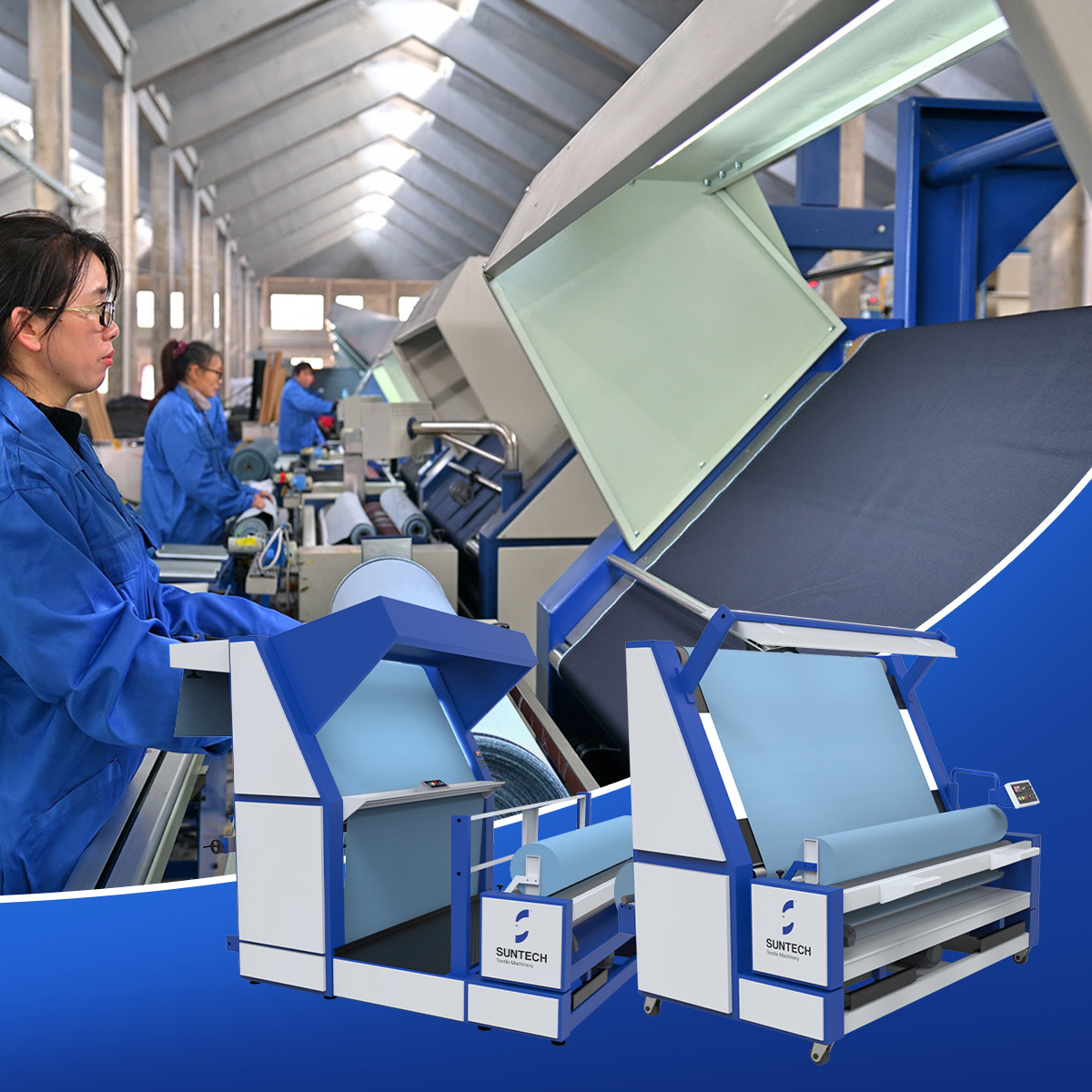Denim is a classic textile known for its durability and fashion. The production process of denim involves multiple steps and technologies, including the selection of raw materials, dyeing, weaving, and post-processing.
1. Raw material preparation
Raw material selection: Denim is mainly made of cotton yarn, and there are also cases where blended yarns are used, such as cotton mixed with synthetic fibers such as polyester and nylon. The raw materials need to be strictly screened to ensure the consistency of yarn quality and color.
2. Dyeing
Indigo dyeing: The unique blue color of denim comes from indigo dye. Usually a continuous dyeing machine (such as a rope dyeing machine) is used to immerse the yarn in the dye solution repeatedly and oxidize it to make it evenly colored.
Other color dyeing: In addition to the classic blue, other colors of denim can also be obtained by using different dyes. This requires corresponding dyeing equipment and technical support.
3. Weaving
Rapier loom: This is a commonly used denim weaving equipment that can efficiently produce high-quality denim.
Air jet loom: Suitable for high-speed production, especially for occasions where mass production is required.
Water jet loom: Suitable for producing denim with special effects, such as distressed effects.
SUNTECH Textile Machinery weaving machines include special rapier looms, jacquard machines, and weaving preparation machines.
4. Finishing
Pre-shrinkage: Pre-shrinkage machines are used to remove the shrinkage that may occur in fabrics after washing to ensure the stability of the finished garment size.
Softening: Use softeners to make denim softer and more comfortable.
Stonewashing: Use stones or chemical reagents to wash denim to achieve fading, softening and other effects.
Enzyme washing: Use cellulase to treat denim, which can achieve better fading effects and is environmentally friendly.
Laser treatment: A new technology that has emerged in recent years. Laser technology can create unique patterns or effects on denim.
5. Integrity testing and quality control
Tensile strength test: Ensure that denim has sufficient strength and will not tear easily.
Color fastness test: Evaluate the durability of dyeing to ensure that the color remains bright after multiple washes.
Abrasion resistance test: Test the wear resistance of denim after long-term use.
6. Environmental protection and sustainable development
Water recovery system: A large amount of wastewater will be generated during the dyeing and finishing process. The use of a water recovery system can effectively reduce water resource consumption.
Energy-saving equipment: Select production equipment with low energy consumption and high efficiency, such as variable frequency speed control motors, to reduce energy consumption.
Circular economy: Explore ways to recycle and reuse waste denim, such as converting it into new fibers or products through physical or chemical methods.
The technologies and equipment involved in the denim production process are constantly updated with the advancement of science and technology, and more efficient and environmentally friendly new technologies and equipment will appear in the future.
As for the cloth inspection machines and fabric relaxing machines that may be used in the production and processing of denim, our company already has mature manufacturing technology, which has been favored by overseas customers.





